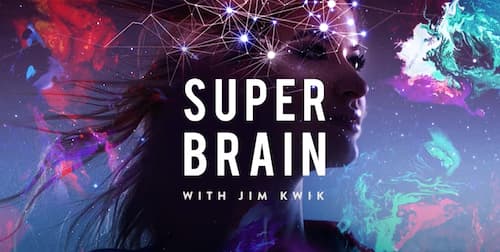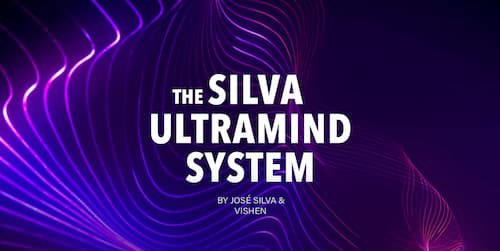When you want to learn more about spiritual practice, like how to practice Buddhism, one of the most useful things you can do is explore its belief systems.
The five aggregates are one of the most important concepts in Buddhism. They function as a building block for the teachings of the Buddha.
Learning about the five aggregates can help you better understand the profound core teachings of Buddhism.
So, let’s begin with the basics. Where did the five aggregates come from?

Where Did the Five Aggregates Come From?
The five aggregates, like many of the core teachings of Buddhism, were passed down by the Buddha himself.
The Buddha used the five aggregates to help express some of the difficult concepts of his teachings. The Buddha was an Enlightened being, thus some of the ideas he wanted to share were difficult to communicate.
Imagine trying to explain long division to someone who has never seen a number before. You’ve gotta start with the basics, right?
The five aggregates were the Buddha’s way of preparing his followers for more challenging concepts in his later teachings.
What are the 5 khandas?
The five aggregates, also called the five skandhas or khandhas, mean, “heaps, collections, groupings.” And that’s exactly what the aggregates are. They’re the five elements that make up sentient existence.
The five aggregates are:
- Form, or rupa. The form is physical matter. It’s anything you can perceive with your senses, like a tree, a cup, or a piece of cake.
- Sensation, or vedana. The sensation is the physical sensory experience of an object, like sight, touch, and taste.
- Perception, or samjna. Perception is the labeling of sensory experience, like salty, soft, or warm.
- The mental formation, or samskara. Mental formations are your biases, prejudices, interests, attitudes, and actions.
- Consciousness, or vijnana. Consciousness is awareness of physical and mental processes, including the other skandhas.
Each person experiences the world through the five aggregates. Together, they make up a conscious experience. Together, they create a sense of “I,” or individualism. It’s the combination of the aggregates that we come to know as our own individual selves.
But there is danger in this. This is what the Buddha wanted to teach. And that’s what makes learning the five aggregates so important.

Why Are the 5 Skandhas Important?
One of the core teachings of Buddhism is that life is suffering. Alright, yes, it sounds bleak, but the second half of that teaching is that while life is suffering — there is a way out.
One of the paths out of suffering is embracing emptiness or non-attachment. It’s a way of perceiving what is happening in the body and in the mind without coloring it with our perception.
Too often, the stories we tell ourselves weigh us down. We judge an experience, thought, or emotion as being negative or unpleasant and we suffer. If we are able to separate ourselves from the experience and view it with non-attachment and mindfulness, we can save ourselves pain and heartache.
The Buddha taught that the five aggregates can cause suffering. When we view the aggregates as a collective whole and as intrinsic parts of who we are, we suffer.
But when we learn to separate the aggregates from ourselves and view them with non-attachment, we can break their power over us and live healthier, more balanced lives.
How do we view the aggregates with non-attachment? Meditation is often the best go-to. In fact, meditation can really change your life.
As Deborah King, Author of Mindvalley’s Be A Modern Master Program explains, “Learning to meditate changed the course of my life and set me firmly on a spiritual climb I never would have believed possible.”
What Are the 5 Precepts of Buddhism?
The five precepts or rules of Buddhism are similar to the core beliefs of many other spiritual practices.
These 5 precepts ask that Buddhists abstain from:
- Murder.
- Taking what is not given.
- Misconduct concerning sense-pleasures.
- False speech.
- Alcoholic drink or drugs.

What Are Mental Formations?
To be aware of the mind in Buddhism means to be aware of the mental formations – chitta samskara.
Formations represent anything that has a form and is made of something else, be it a flower or an emotion.
Some mental formations are constant and universal, and these consist of emotions, perception, attention, and volition. Some happen only under specific circumstances, like determination, mindfulness, and concentration.
Being aware of mental formations means being aware of your mental prejudices and biases. This is one of the most important of the five aggregates, and one of the most challenging to undertake.










